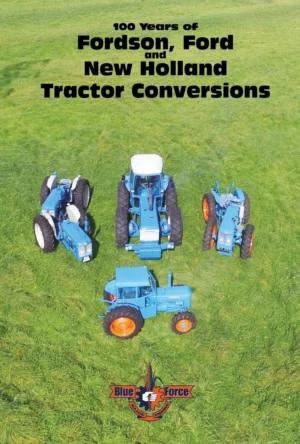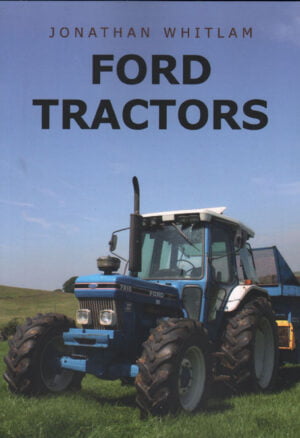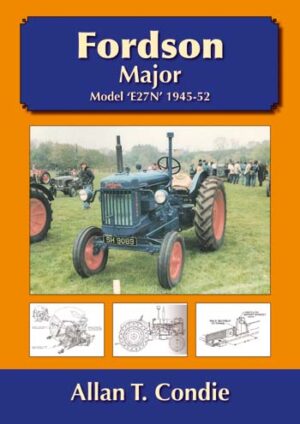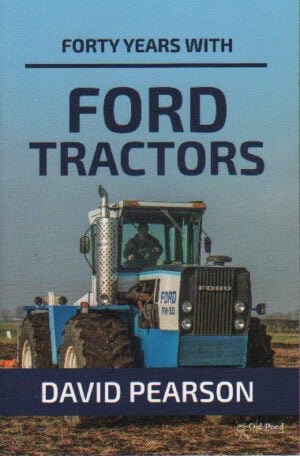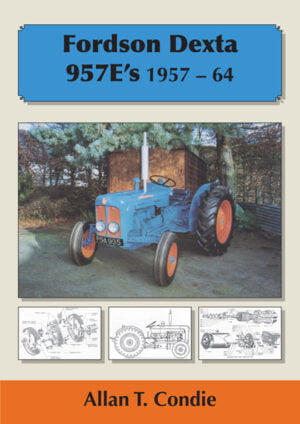Fordson Icons
£7.99
- 129 pages
- Colour photographs throughout
- Softback book
- 210mm x 295mm
Out of stock
BKS SB
In their new Greatest Tractors Series
Kelsey Publishing have combined a
selection of their articles previously
published in Tractor and Machinery on
six of the most popular tractors. Each
book has numerous articles on the main
topics listed against each title.
These are all soft back and contain 129
pages.
The Greatest Tractor 7 Book Titles are:
David Brown, The Green Giant 1912-2010,
The Revolutionary Ferguson, Fordson
Icons, International Harvester, County
4WD Pulling Power and The Push for
Power.
The history of the Fordson tractor can
be traced back to 1915 when Henry Ford
experimented with agricultural
tractors, which resulted in the
production of what became the Fordson
model F tractor. The First World War
accelerated initial production of the
tractor which was imported by the
British Government to assist in food
production towards the end of the war.
Early imports weren’t badged as
Fordsons, but were known as MOM’s,
after the Ministry of Munitions
responsible for their importing and
leasing them to farmers.
Henry Ford applied the same
manufacturing principles to the
tractors as he did for his cars and
this resulted in the Fordson becoming
the most popular tractor available for
many years, due to the low production
costs which were passed on to the
customer.
Manufacture of the model F took place
at Dearborn and Cork in the Republic of
Ireland during the 1920s, with an
improved tractor known as the model N
being introduced in Cork in 1929.
Production continued here until 1932
when the famous Dagenham plant in
England started up.
With improvements the model N was
produced through the difficult years of
the 1930s and remained in production
throughout the Second World War.
Peacetime saw the introduction of the
popular Fordson E27N Major which
brought more power, later models also
offering Diesel as an option. At this
time the Ford Motor Company worked in
conjunction with Ransomes, Sims &
Jefferies to offer a package of power
matched implements to the range. The
1950s saw the introduction of one of
the most popular tractors of its day,
the Fordson Major Diesel, followed by
the Power Major and Super Major
derivatives which continued in popular
demand until production ceased in
Dagenham in late 1964.
The popularity of Fordson tractors in
use, both in agriculture and industrial
conversions has led to them being
equally popular to collectors and many
examples are to be seen around today.
Articles covered within the book:-
– Fordson F to Super Major
– Restorations
– Owner’s Collections
– Buyer’s Guides
- 129 pages
- Colour photographs throughout
- Softback book
- 210mm x 295mm
Related products
Ford & Fordson Books
Ford & Fordson Books
Ford & Fordson Books
Ford & Fordson Books
Ford & Fordson Books
Ford & Fordson Books
Ford & Fordson Books


